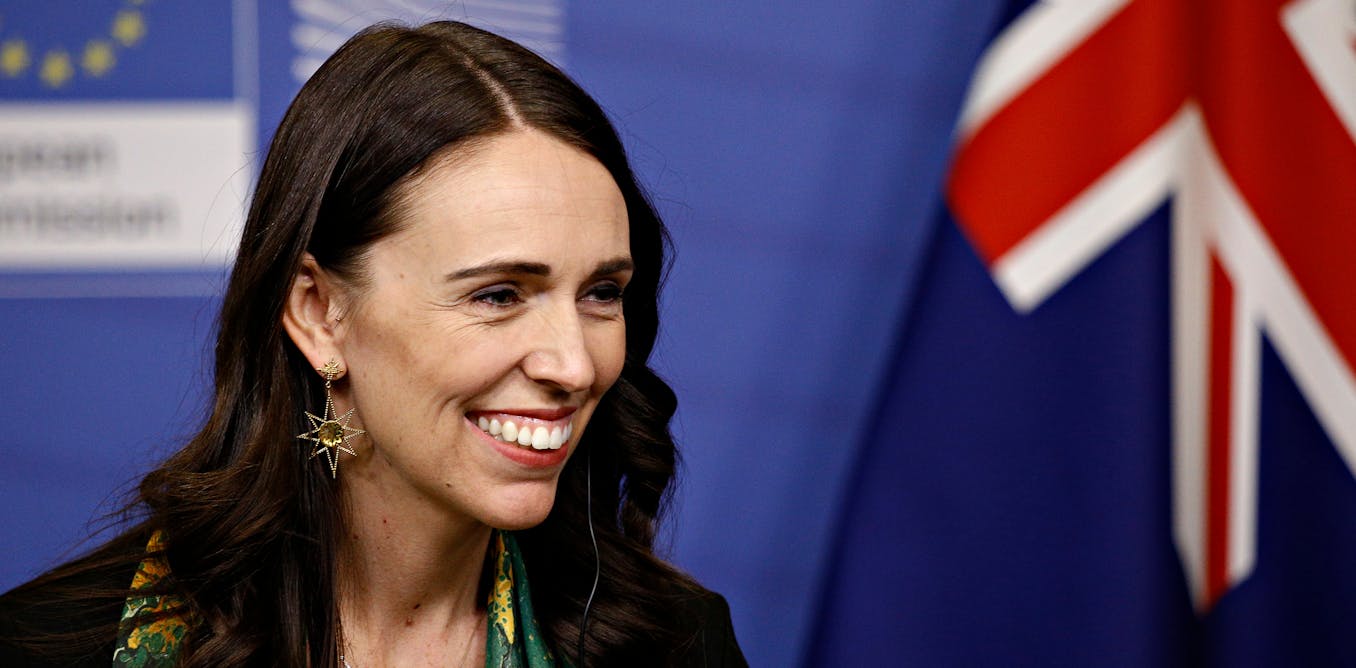

Summary▼
The Conversation article discusses the significance of including more female leaders in decision-making processes for addressing climate change. Initially, the organizing committee for the COP29 climate summit was all male, prompting criticism and the eventual inclusion of women to promote better representation. The text emphasizes that a gender-balanced committee not only ensures justice but also harnesses diverse perspectives essential for tackling climate issues. It outlines several reasons why female leaders contribute positively to climate action, including enhanced care for nature, proactive attitudes towards environmental measures, and a long-term outlook in decision-making.
Key Points ▼
Benefits of Female Leadership in Climate Action
- Caring About Nature
- Research indicates women generally show greater concern for environmental issues than men.
- Statistically, a higher percentage of women (52%) feel personally responsible for reducing greenhouse gas emissions compared to 48% of men.
- Women are also more likely to agree on the importance of limiting energy use to combat climate change.
- Desire to Take Action
- Female leaders, such as Jacinda Ardern and Sanna Marin, have recognized climate change as an emergency and initiated significant actions [[15]].
- A study found that 83% of female politicians advocate for stronger environmental measures compared to 75% of their male counterparts [[17]].
- Making Change Happen
- Companies with more women in leadership roles demonstrate better environmental performance.
- Greater female representation in managerial positions correlates with improved sustainability outcomes.
- Altruistic Tendencies
- Sociological studies reveal that women are often more altruistic and socially oriented than men, promoting cooperation in addressing collective challenges.
- Opportunities for Engagement
- Gender roles impact environmental attitudes; women might engage more in pro-environmental behaviors due to spending more time at home.
- Women's heightened focus on health and safety issues translates to greater environmental concern.
- Cautious Approach to Risk
- Women are generally more risk-averse than men, preferring certainty over uncertain outcomes, which can influence climate decision-making.
- Long-Term Perspective
- Female leaders often display patience and a focus on long-term goals, essential for sustainable climate solutions.
- Acknowledging diverse perspectives in decision-making can enhance strategies to mitigate climate impacts.
Source ▼
Seven reasons more female leaders would be a positive step for the climate
Research shows that men and women have different perspectives on climate, with huge implications in terms of policymaking. For that reason, diverse leadership is essential.
 The ConversationPaola Profeta
The ConversationPaola Profeta

